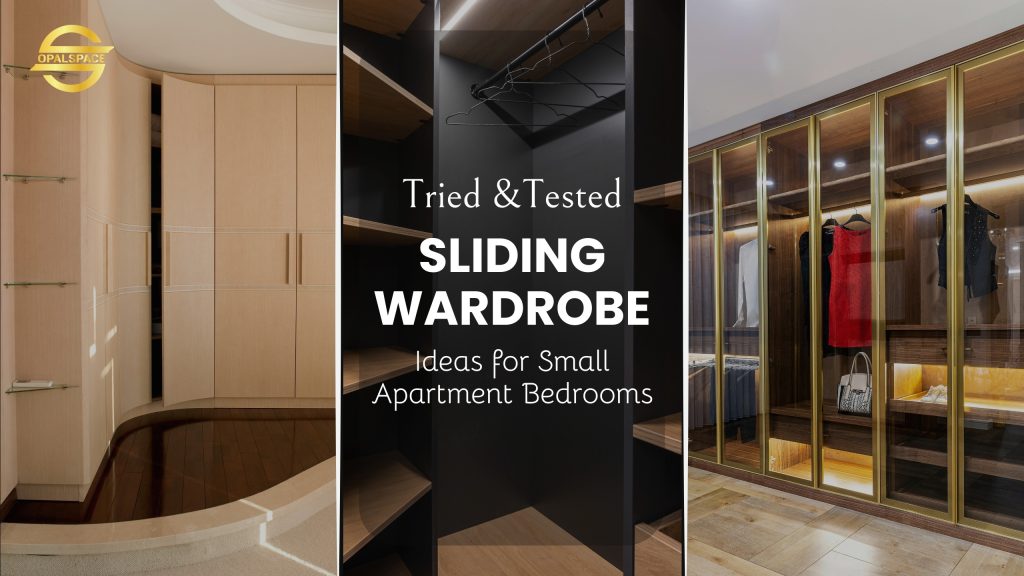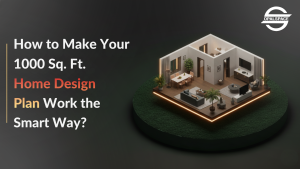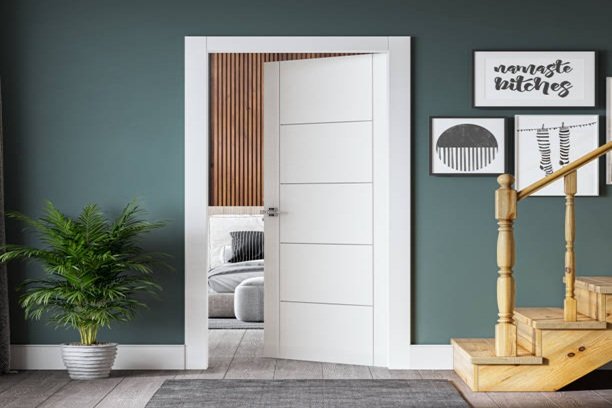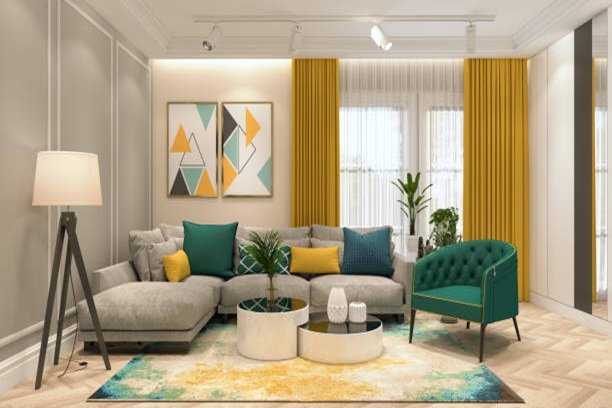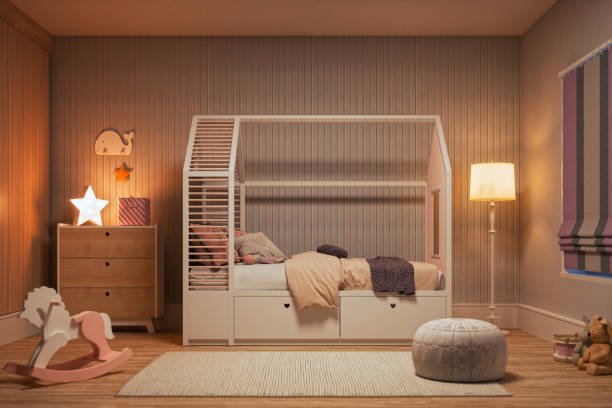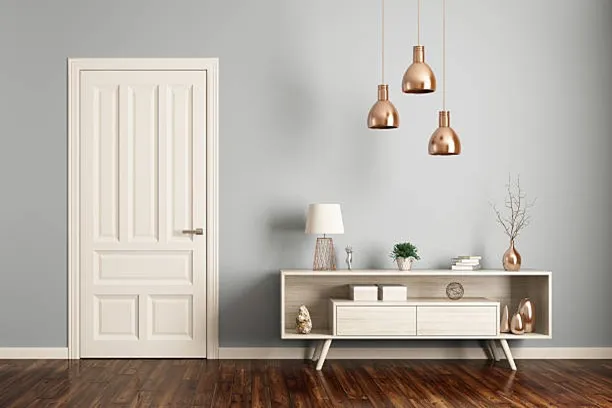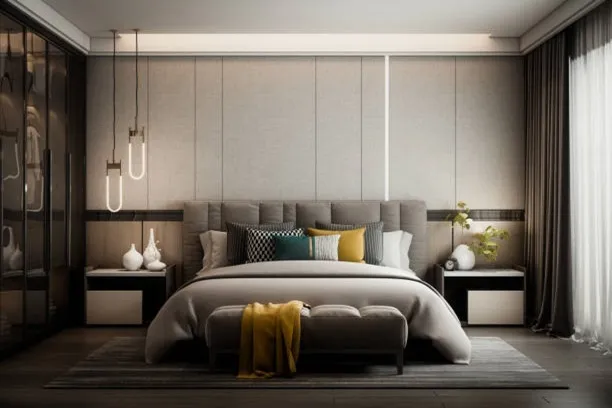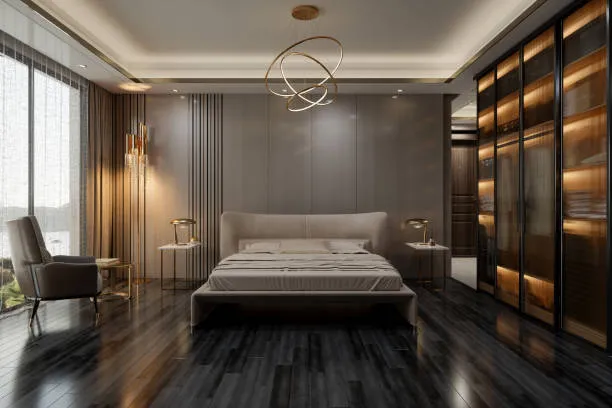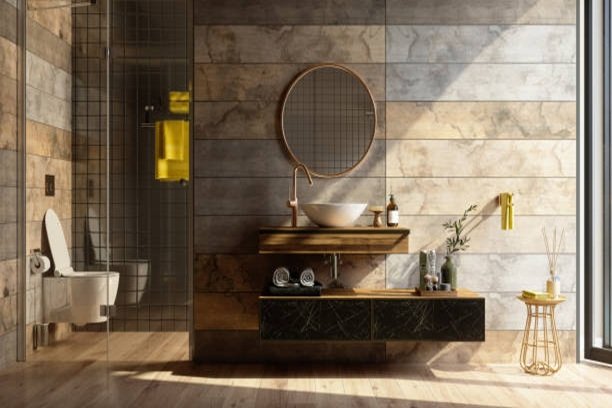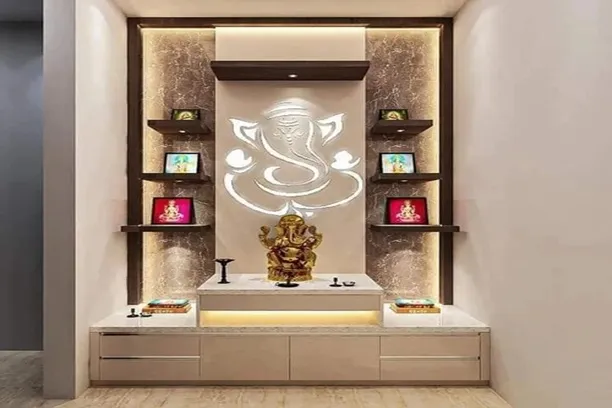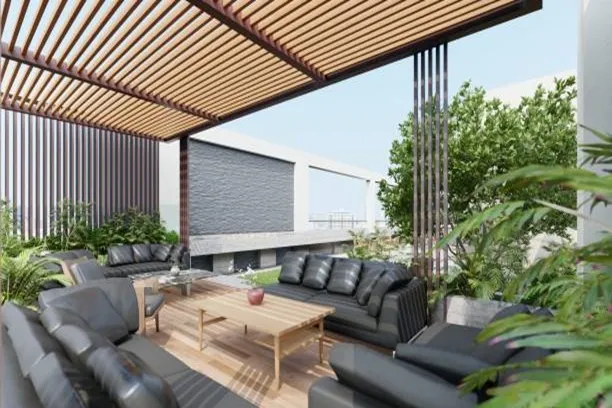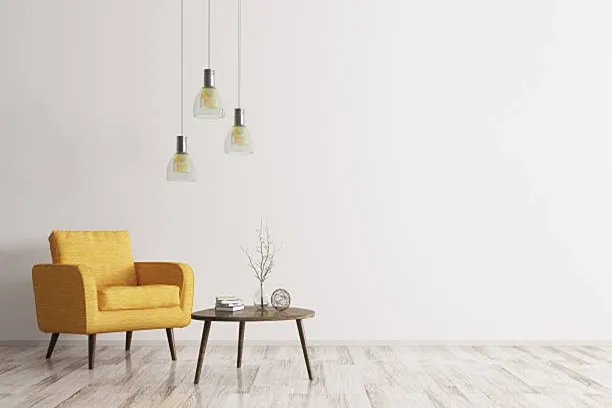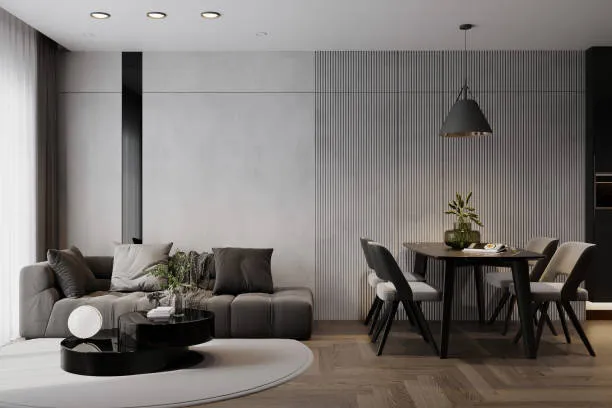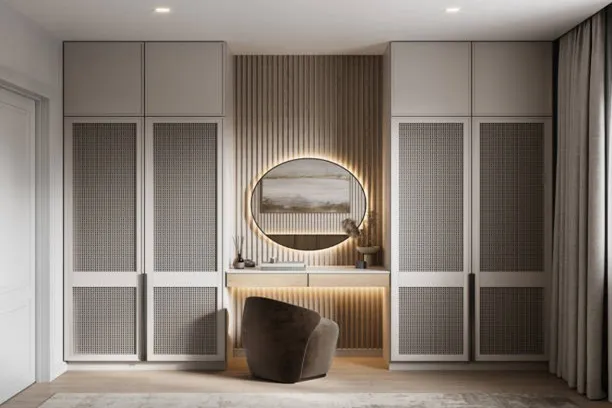Table of Contents
Apartment living in India increasingly demands intelligent use of space, particularly in bedrooms. We know how traditional wardrobes often occupy substantial floor area, leaving limited room for circulation or supplementary furniture. In this context, the sliding door wardrobe has emerged as a pragmatic and elegant solution. These wardrobes are revolutionizing small-space storage. By combining sliding panels with compartmentalized storage, these units provide a structured approach to organizing clothing, accessories, and personal items while maintaining spatial openness.
On average, 65% of homeowners opt for sliding wardrobes when renovating their home interiors. Beyond storage, these wardrobes allow for strategic arrangement and layering, strengthening both utility and aesthetic unity. Their adaptability to various layouts, corner placements, wall-length installations, or modular configurations, effectively addresses the distinct challenges of Indian apartment bedrooms. The following ideas highlight why sliding wardrobes are an indispensable choice for efficient and refined bedroom design.
Layout and Placement Ideas
1. Full-Wall Sliding Wardrobes
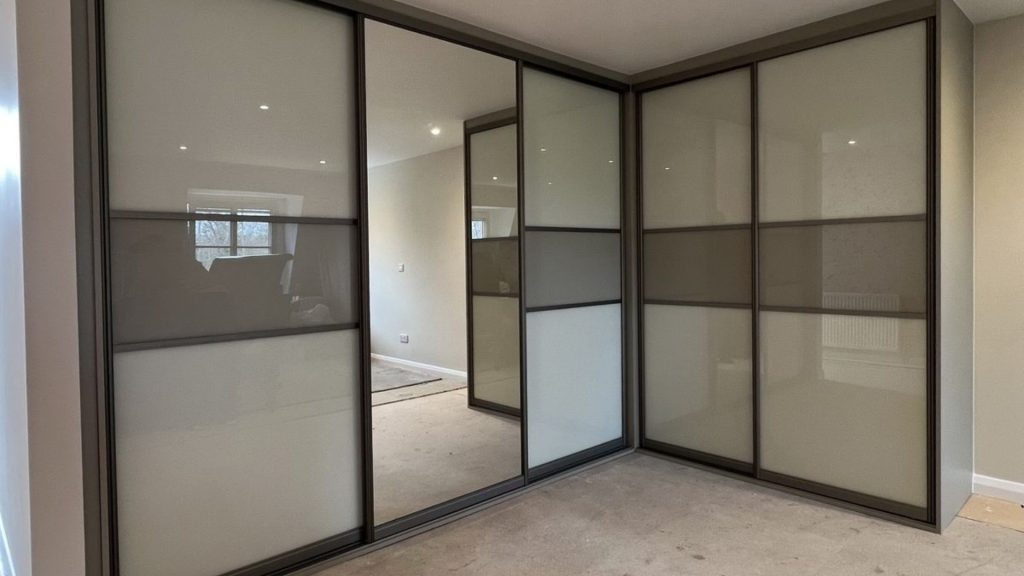
2. Corner Sliding Wardrobes
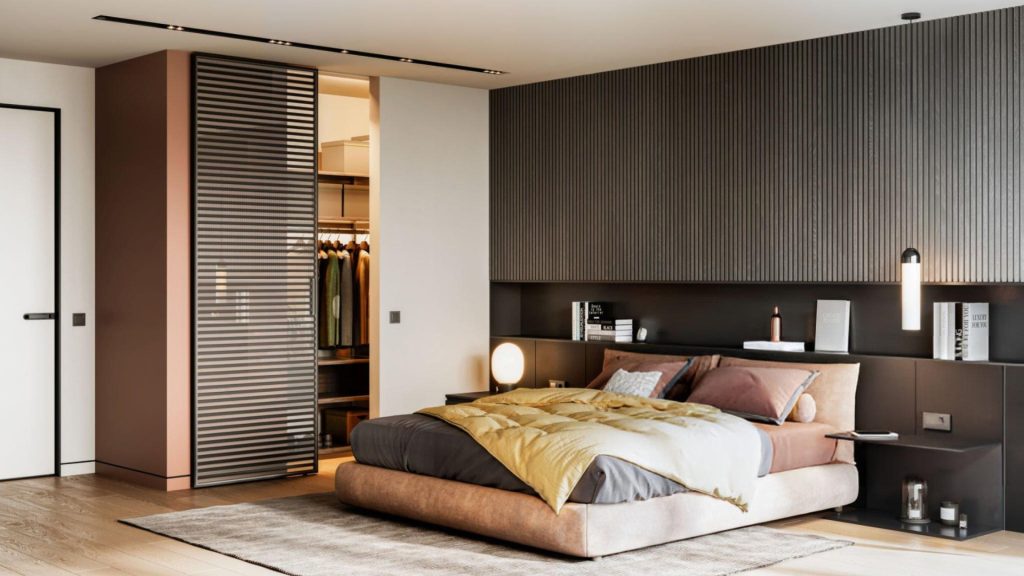
3. Integrated Wardrobes
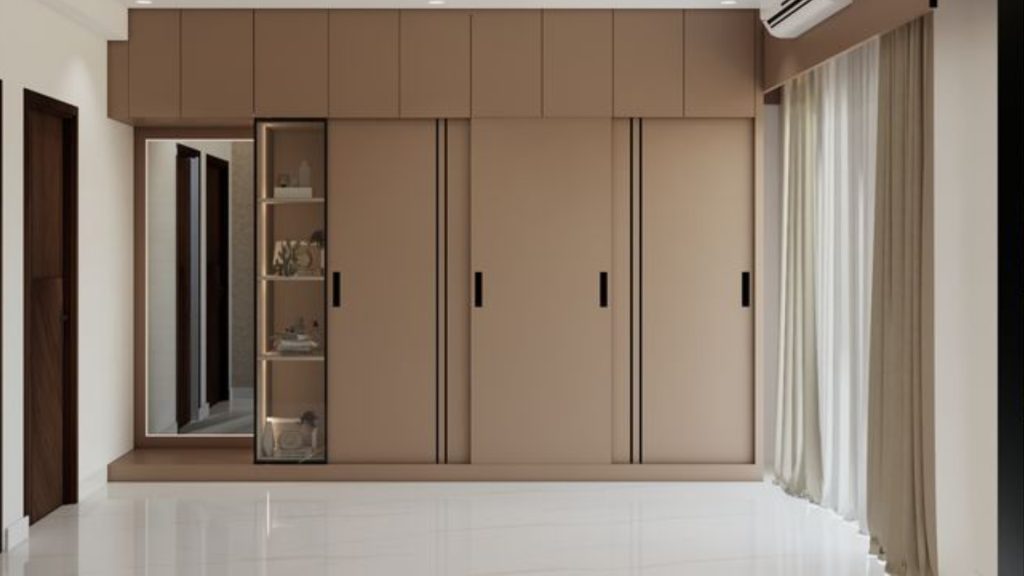
4. Floor-to-Ceiling Sliding Wardrobes
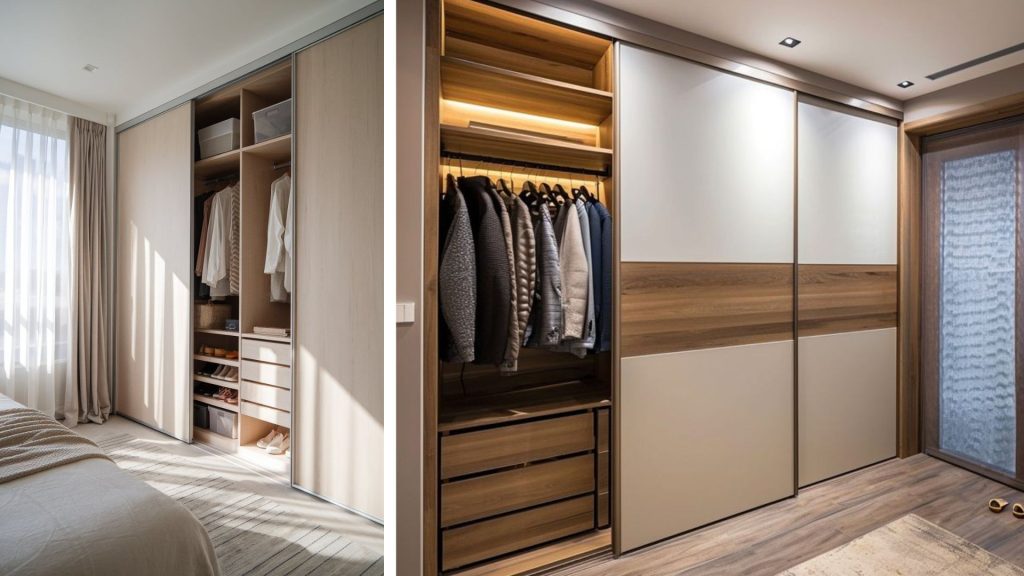
Sliding Door Wardrobes Styling Tips for Apartment Bedrooms
1. Mirrored Sliding Wardrobe Doors
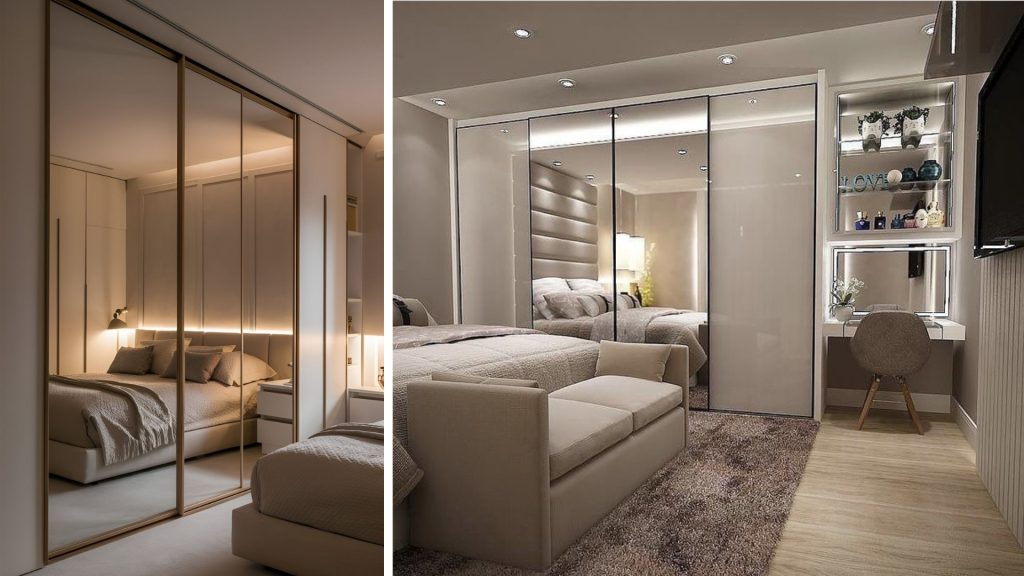
2. Light-Colored Wardrobes
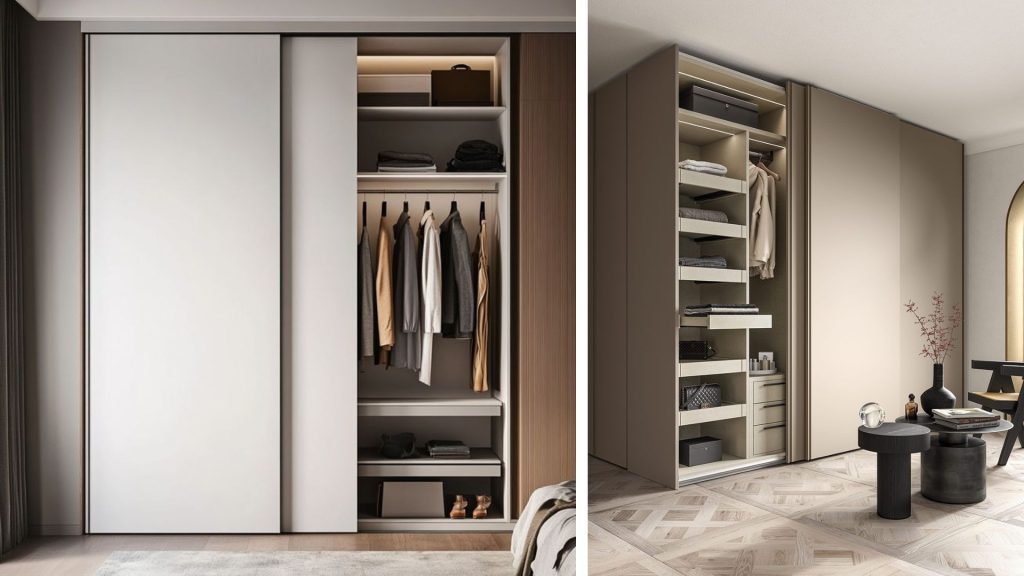
3. Accent Panels
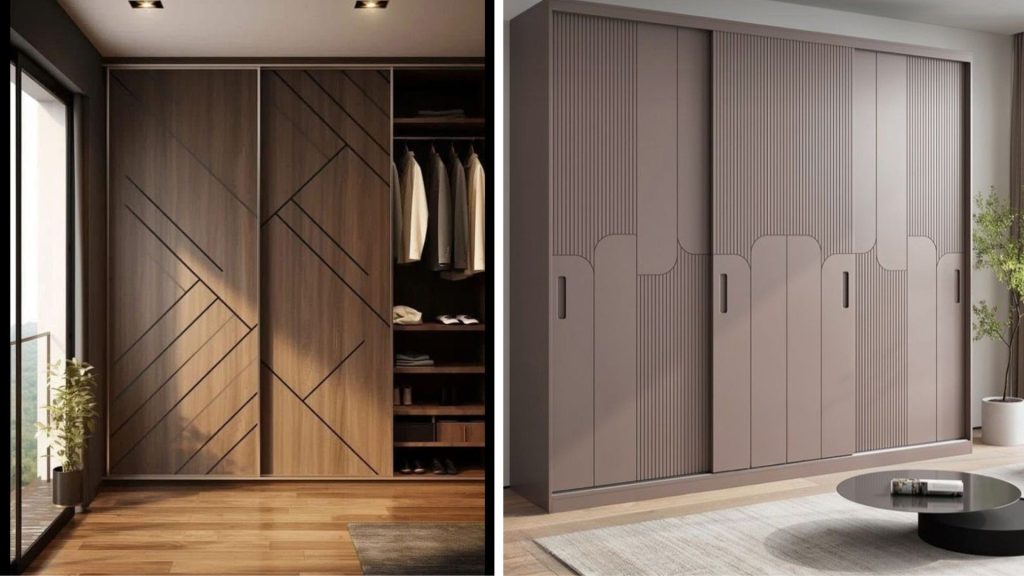
4. Integrated Lighting
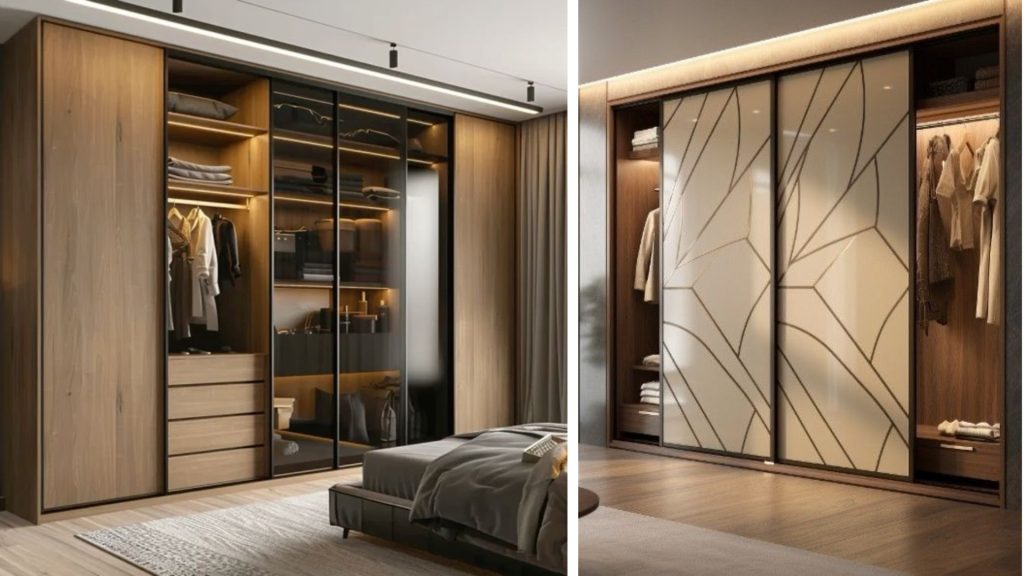
5. Minimalist Handles
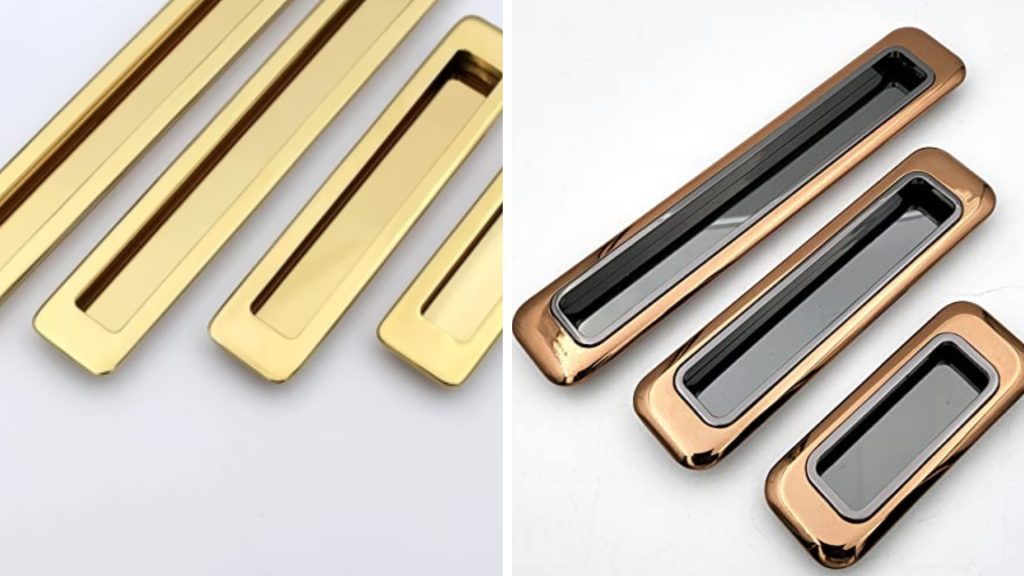
6. Symmetry in Design
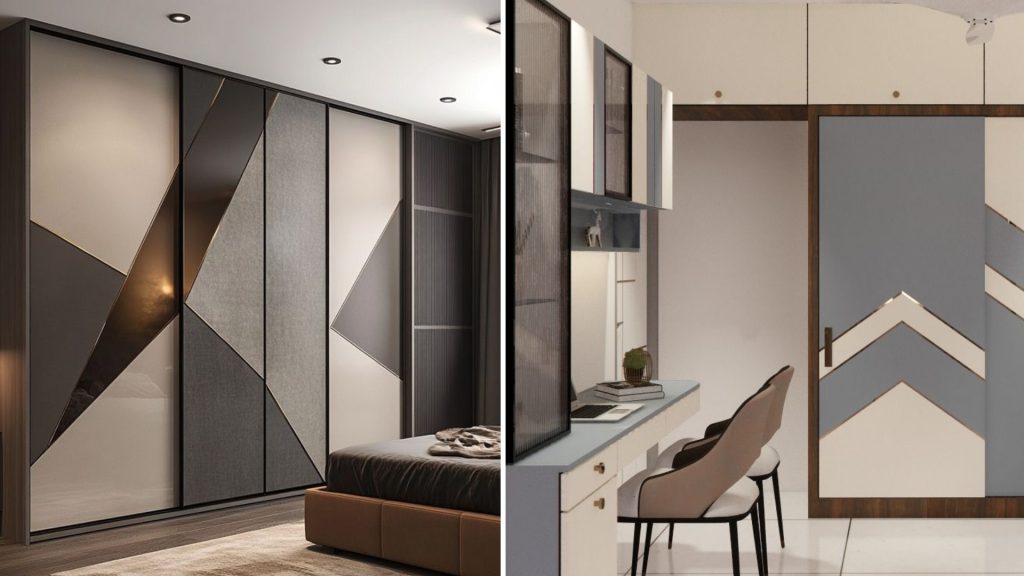
7. Layered Storage Display
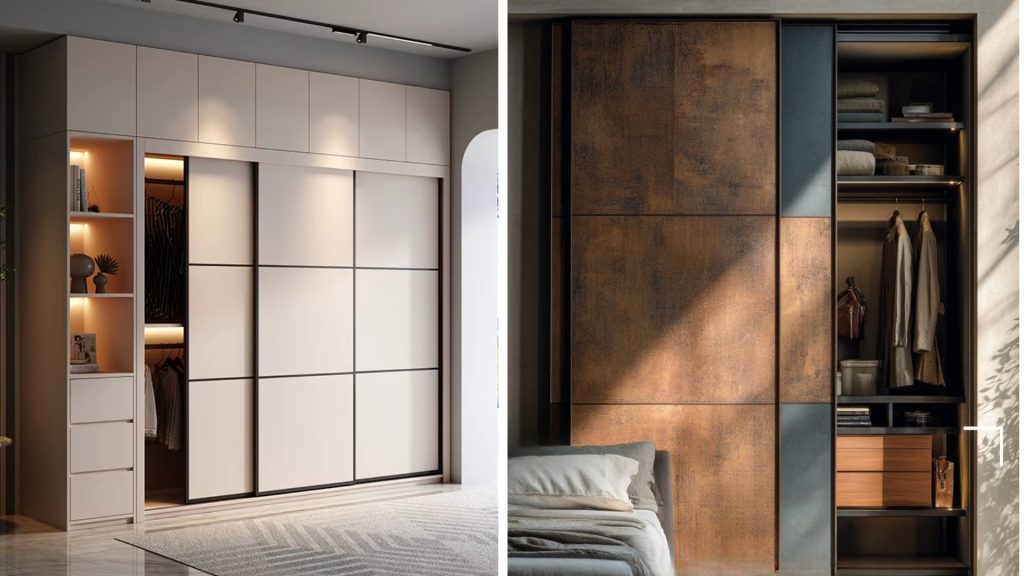
8. Floor-to-Ceiling Units
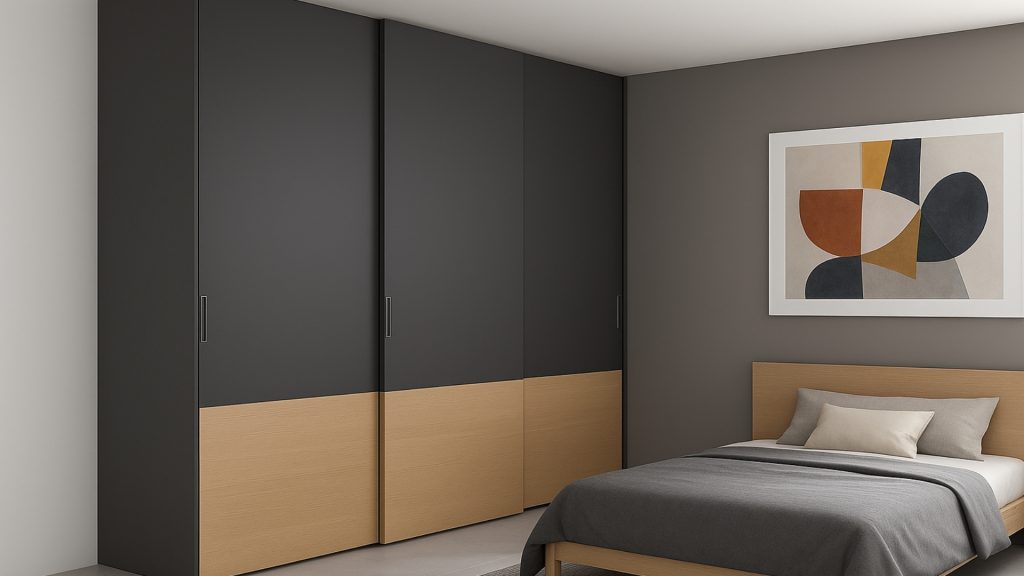
9. Sliding Wardrobe + Bed Integration
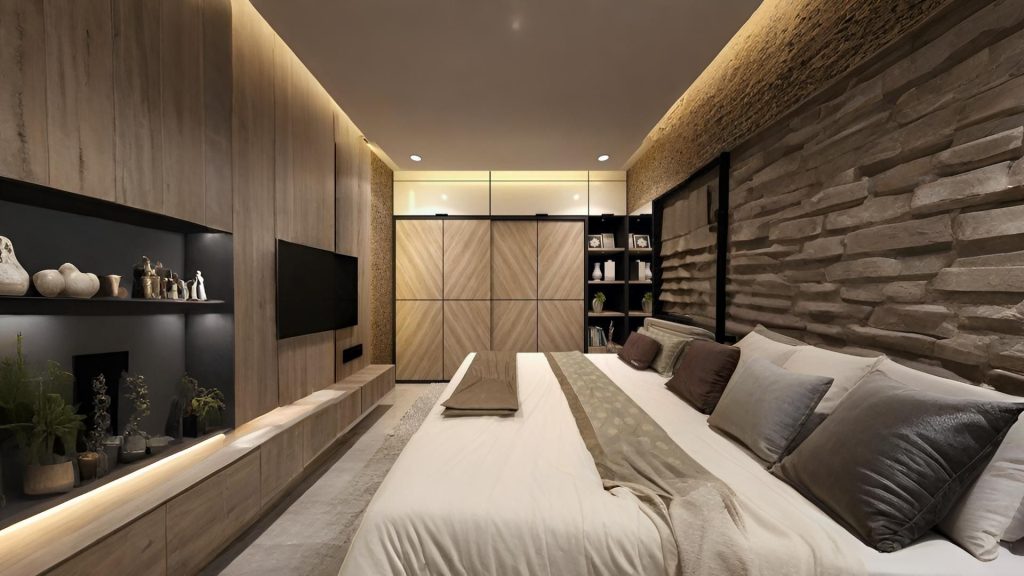
10. Reflective or Glossy Finishes
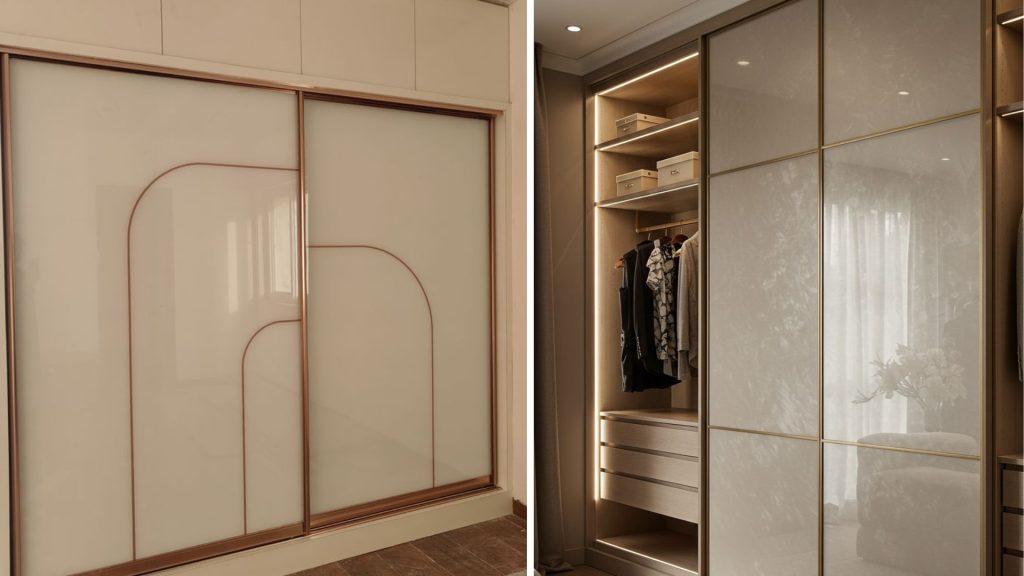
11. Subtle Decorative Elements
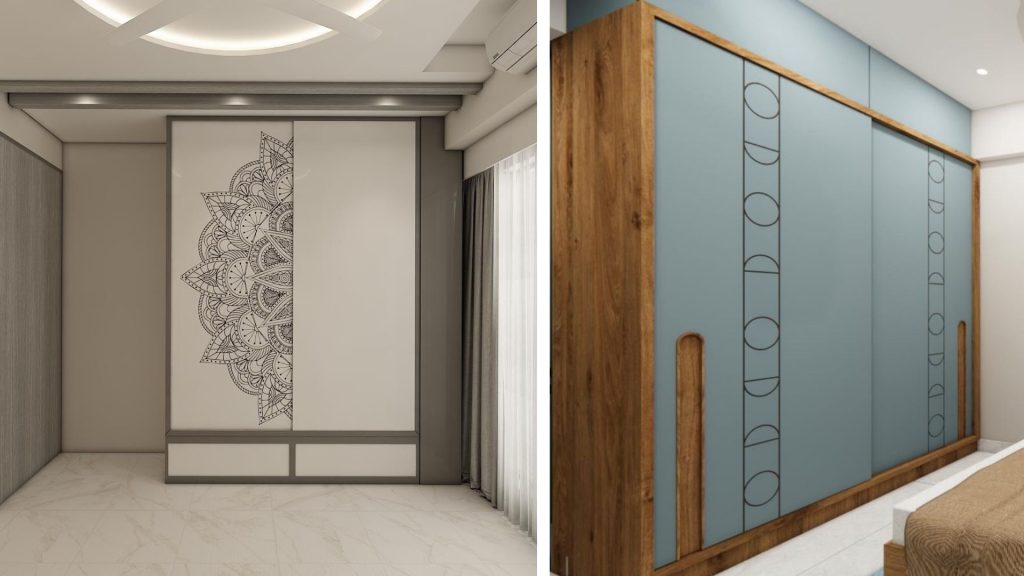
12. Consistent Material Palette
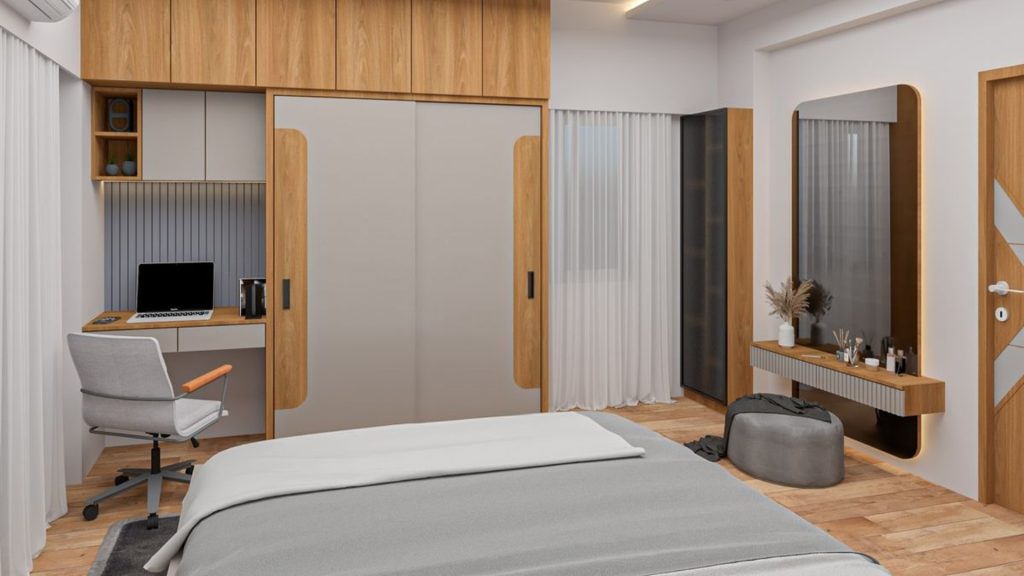
13. Decluttered Surface Areas
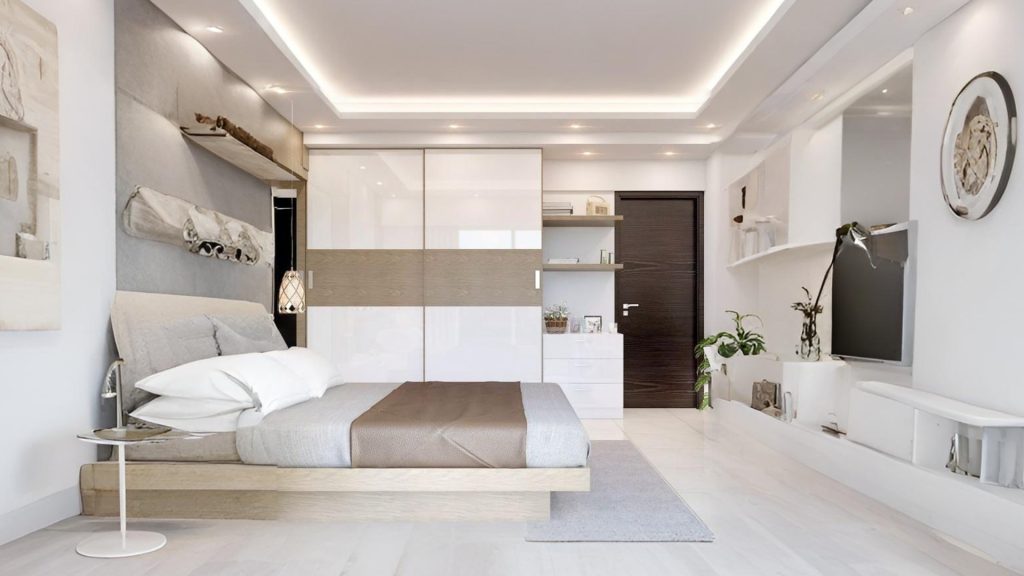
14. Sliding Wardrobe Lighting Accents
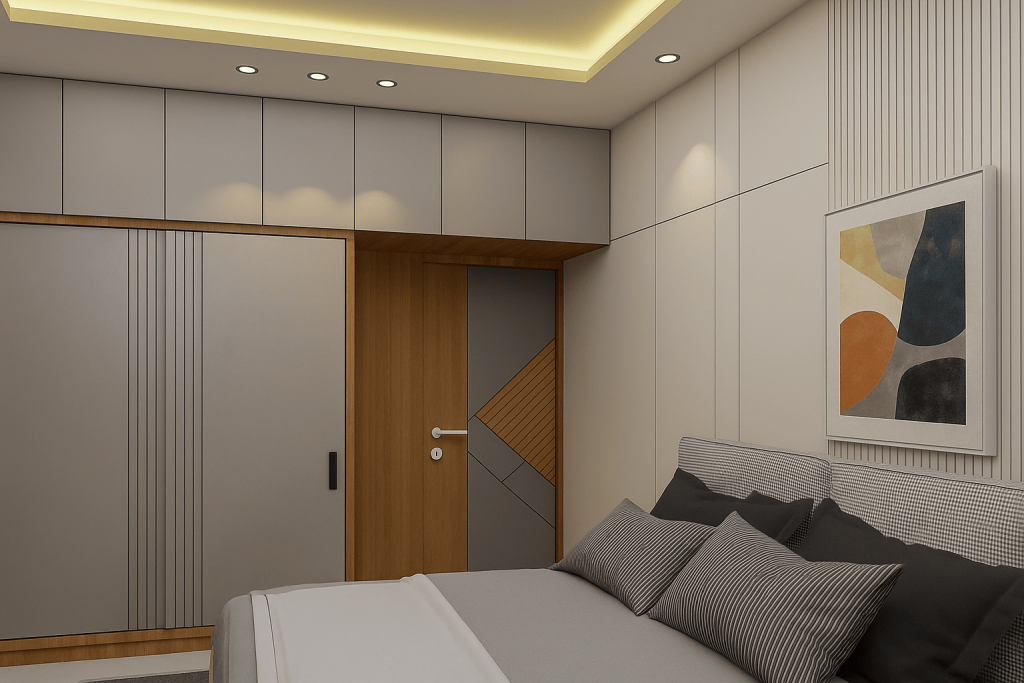
15. Functional Zoning
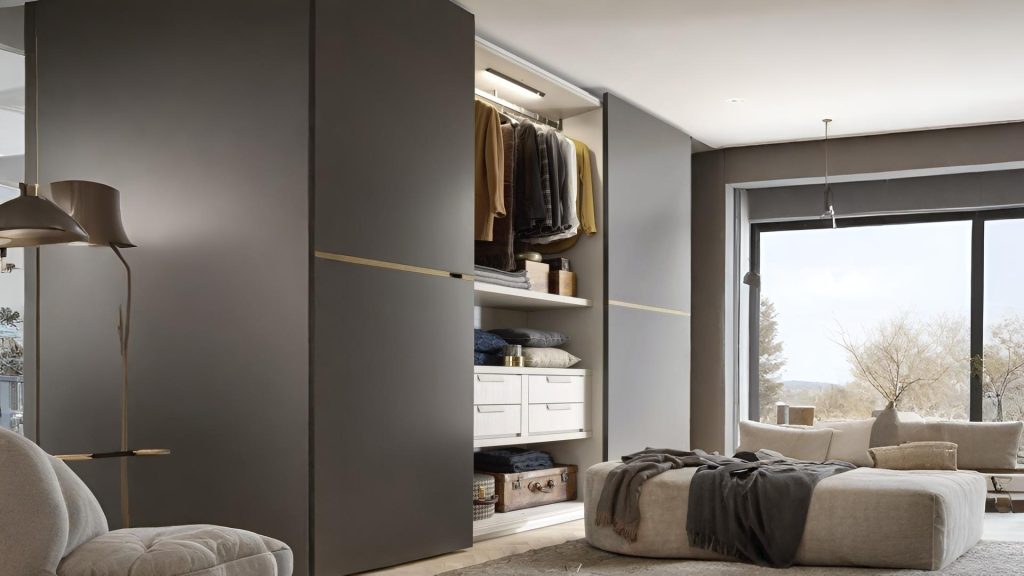
| Parameter | Sliding Wardrobe | Hinged Wardrobe | Best For |
|---|---|---|---|
| Space Required | Needs no clearance (doors slide sideways) | Needs 2–3 ft clearance for door swing | Sliding: Compact bedrooms, studio apartments, or tight corners. Hinged: Spacious rooms or walk-in closets. |
| Ease of Access | Only 50% of wardrobe accessible at a time | Full access to all sections simultaneously | Sliding: Minimalists who organize by season. Hinged: Frequent outfit changers or shared closets. |
| Aesthetic Appeal | Polished, modern look, ideal for minimalist designs | Classic, traditional appearance, suits vintage themes | Sliding: Contemporary, Scandinavian, or industrial themes. Hinged: Traditional, rustic, or vintage decor. |
| Cost (Avg. India) | ₹15,000 – ₹40,000 (modular) | ₹10,000 – ₹30,000 (carpentry) | Sliding: Long-term investment for urban apartments. Hinged: Budget-friendly for temporary setups (rentals). |
| Durability | Tracks may need maintenance (dust/jam issues) | Hinges wear out over time but are easier to replace | Sliding: Low-traffic homes (singles/couples). Hinged: High-usage families (kids/elderly). |
| Customization | Highly customizable (mirror/glass finishes, LED lights) | Limited to door design and material choices | Sliding: Tech lovers or design enthusiasts. Hinged: Those who prefer simplicity. |
| Safety | No protruding doors (kid-friendly) | Risk of pinched fingers with swinging doors | Sliding: Homes with toddlers/pets. Hinged: Adult-only households. |
| Ventilation | Less air circulation (closed design) | Better airflow when doors are open | Sliding: Air-conditioned rooms. Hinged: Humid climates (e.g., coastal cities). |
Bedroom Themes Compatible with Sliding Door Wardrobes
1. Minimalist Apartments
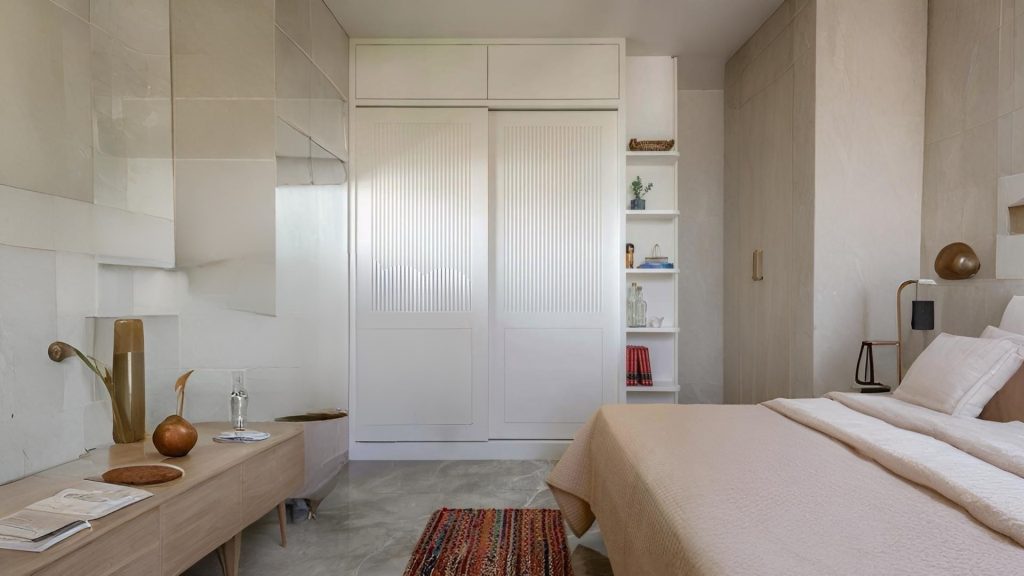
2. Contemporary Modular Designs
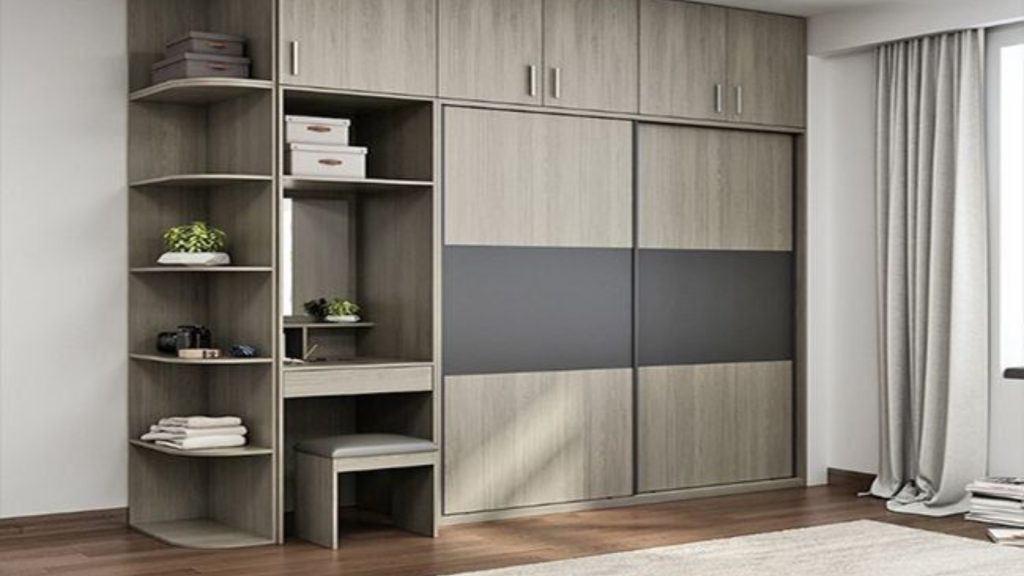
3. Bohemian Aesthetics
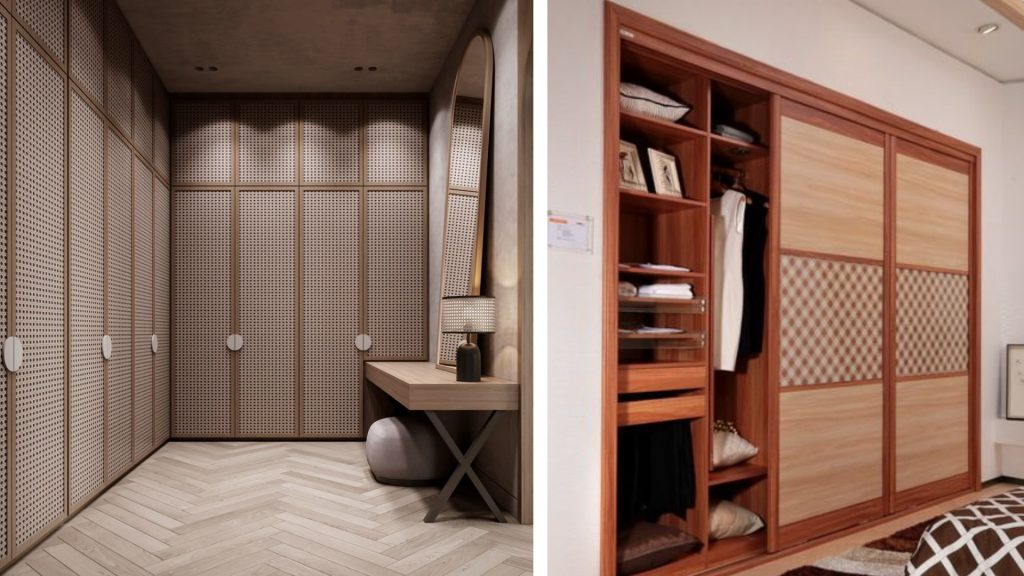
4. Luxury or Modern Apartments
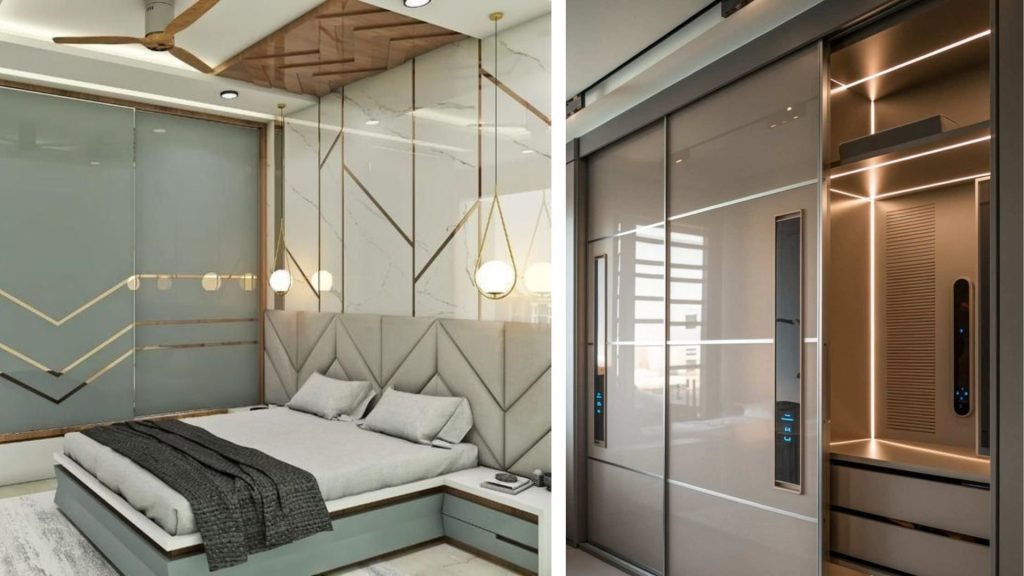
Organisation and Maintenance Tips
- Compartmentalized Storage – In apartment bedrooms, dividing interiors into sections for hanging garments, folded clothes, accessories, and seasonal items upgrade accessibility and maintain order.
- Modular Inserts – Use bins, dividers, or drawer organizers to maintain systematic arrangement and allow adjustments as storage needs evolve.
- Regular Decluttering – Periodically remove unused or outdated items to prevent overcrowding and preserve a structured appearance.
- Seasonal Rotation – Store off-season clothing in upper compartments or dedicated boxes, optimizing vertical space for daily-use items.
- Sliding Track Maintenance – Clean and lubricate tracks regularly to ascertain smooth operation and prevent wear or misalignment.
- Surface Care – Wipe panels and shelves with appropriate cleaners to remove dust and preserve finishes.
- Lighting Maintenance – Make sure that the integrated LEDs or strip lights are working properly to provide consistent illumination.
- Visual Organization – Arrange items by category, color, or frequency of use to support retrieval and a tidy appearance.
- Accessory Management – You should use hooks, trays, or small boxes for belts, scarves, or jewellery to maintain order and ease of access.
- Periodic Inspection – Check hinges, tracks, and panel alignment to address minor issues before they affect functionality or aesthetics.

